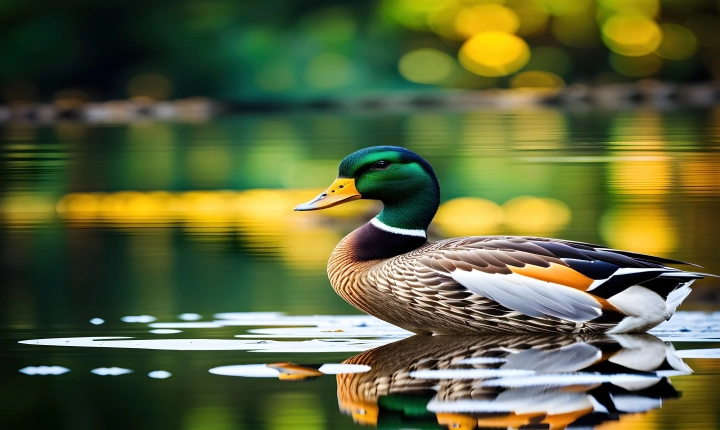How to Copy or Trace a JPG Image in Adobe Illustrator
Adobe Illustrator is a powerful tool for creating vector graphics, and it offers a range of techniques for replicating or tracing JPG images. Whether you’re looking to copy a specific element from a JPG or to trace the entire image, Illustrator provides the tools you need to achieve the desired result. In this article, we’ll explore how to effectively copy or trace a JPG image in Adobe Illustrator.
Copying an Image
If you simply need to copy an element from a JPG image, you can use the Image Trace feature in Illustrator to convert the image into a vector format. Here’s how to do it:
1. Open Adobe Illustrator and create a new document.
2. Place the JPG image into the document by going to File > Place, and then select your JPG file.
3. Once the image is placed, select it with the Selection Tool (V).
4. Navigate to the Image Trace panel by going to Window > Image Trace, and choose the preset that best suits your image. There are various presets available, such as High Fidelity Photo or Sketched Art, which can be adjusted to achieve the desired level of detail.
5. Click the “Trace” button to convert the image into a vector format.
6. After tracing, you can expand the image by clicking the “Expand” button in the Control panel, giving you full control over the individual vector paths.
Tracing an Image
For situations where you want to trace the entire JPG image to create a vector version, Illustrator offers a manual tracing method. Here’s a step-by-step guide to trace the image:
1. Open Adobe Illustrator and create a new document.
2. Place the JPG image into the document by going to File > Place, and then select your JPG file.
3. Lock the placed image by selecting it and then navigating to Object > Lock > Selection to prevent accidental movement.
4. Use the Pen Tool (P) to manually trace the outlines of the image. Click and drag to create anchor points, and use the Direct Selection Tool (A) to adjust the position of anchor points and handles.
5. Continue tracing the various shapes and colors within the image, paying attention to details and curves.
6. Once the tracing is complete, you can further refine the paths using the Pen Tool or other drawing tools as needed.
Benefits of Tracing in Illustrator
By copying or tracing a JPG image in Adobe Illustrator, you can harness the benefits of working with vector graphics. Vector graphics are resolution-independent and can be scaled infinitely without loss of quality, making them ideal for various applications such as logo design, illustration, and print media.
Additionally, by converting the JPG image into a vector format, you gain the ability to edit and manipulate individual vector paths, colors, and shapes, providing greater flexibility and creative control over the artwork.
In conclusion, Adobe Illustrator offers powerful tools for copying or tracing JPG images, allowing you to create high-quality vector graphics from raster image sources. Whether using the Image Trace feature for quick conversions or manually tracing with precision, Illustrator provides the versatility and precision needed for a wide range of design projects. With these techniques, you can effectively translate JPG images into scalable, editable vector artwork, expanding your creative possibilities and enhancing the quality of your designs.
